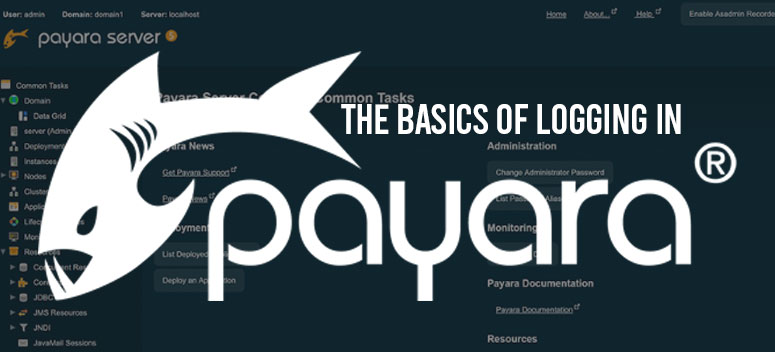
Are you looking to use the Payara server and use it for logging in? Well then you’ve come to the right article for that. As I’m going to tell you all you need to know in this regard.
These things aren’t among the simplest of things to deal with and technical instructions aren’t going to be enough. You’re going to need an understanding of the concepts behind anything that you might be doing.
There are a lot of sources on the internet which have just laid out the protocol for logging. But they haven’t covered the other really important side of this, which is the conceptual part.
That’s precisely the reason why I’ve put together this article right here.
Here I’m going to cover all the necessary details regarding this process, and only then list the process. Thus, it’s going to be really easy for you to carry this out.
Background of the Papaya Server
First let us talk about what this thing exactly is and what it is that it does.
A derivation from the GlassFish source tree, this is a modification on that which presents a lot of cool features. And the best part of this is definitely going to be the community of users that are there.
Because of that, the main advantage which we’re going to get right off the bat is the developer’s community. That brings the great GitHub into the picture, which is the primary environment for this.
The model which is at play here is the ‘fork & pull’ one, which is quite popular for that matter.
What the users will have to do is fork the particular project under development. And they’ll have to actually fork in from there into the project.
For that, you’re going to need to make a pull request into the project so that you can start contributing.
Payara Server has dual-licensing from both of the Common Development and Distribution License(CDDL), version 1.1, GPL v2+. It happens to be the Classpath exception type.
The Logging Aspects of the Payara Server
There are more than more approaches that you can have for this. Each of them will involve different kinds of protocols for each of them.
But the more important thing to take into consideration, and thus focus on from here is the architecture. The buffer that is there, catches the log entry as the server code writes it into the log.
If there are several threads working at the same time, then this is going to prevent all of that from writing. That’s going to be for the files which are not working at that time and thus prevent any kind of adverse issues.
Also, writing to those files is not going to have any kind of effect on the server in performance with the threads.
You’re going to have a parameter called the Flush Frequency. This is how you’re going to be able to control the number of flushes for the file.
1. The File Itself
You need proper information on where the log file which you’re working with is present. To find out about that, you can take the path Configurations > serverconfig > Logger Settings.
In the Logger Settings window that comes up. Look for the General tab which you’ll be able to find firm the text box. Also, you can always opt for another path to this, which is going to be a lot more relative to your domain.
Then for the Maximum History Files parameter, you’ll have to set a specific definition for server log file age.
By default, you’re going to get a 0 value for that option. But you’ll be able to alter it to your requirements from there only. As for the 0 value, the Payara server isn’t going to delete any file that may be there.
But the best practice, that I’d recommend is definitely to change the default value. Just make sure that there’s no space saturation in the disks from here onwards.
2. LogViewer
Now you’re going to have a whole host of options which you’re going to have for the log files. Like for example you can make use of a specialized stack, like the ELK Stack that will centralize the files.
You can do that using the Administrator Console as well, as you click the View Log Files option.
3. Format of This
Entries in the log item section are such that they’ve got a particular structure. You’re going to have to parse through this and read all the data that’s in the log.
There are 3 primary formats for this,
- JavaScript Object Notation format
- Oracle Diagnostic Log format
- Uniform Log format
With these 3 formats that I’ve mentioned above it’s going to cover the different log items that might be there.
Conclusion
So you can see that this technology is a very useful one. And with proper attention you can get a lot of benefits from this.
Another thing that you must keep in mind is that these tools are very complex. And the demand for skilled professionals who’ll be able to handle these tools is going to increase.
So if you’re a professional in this field, then finding out and mastering these skills will help you a lot.
